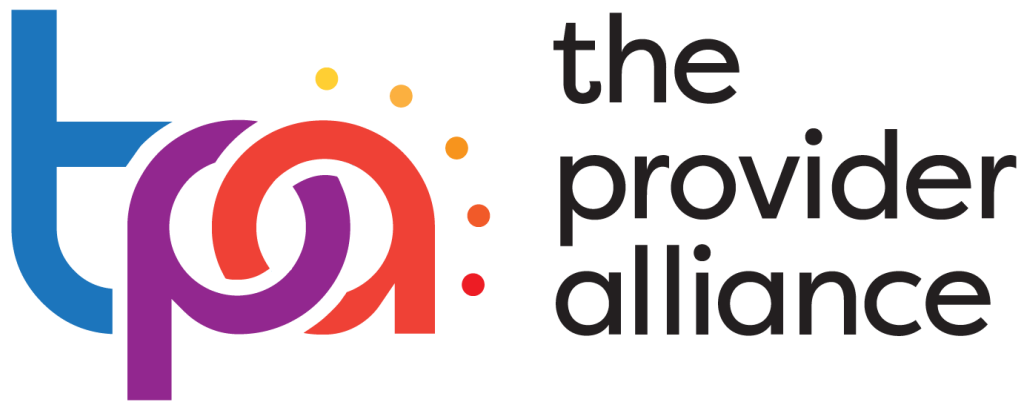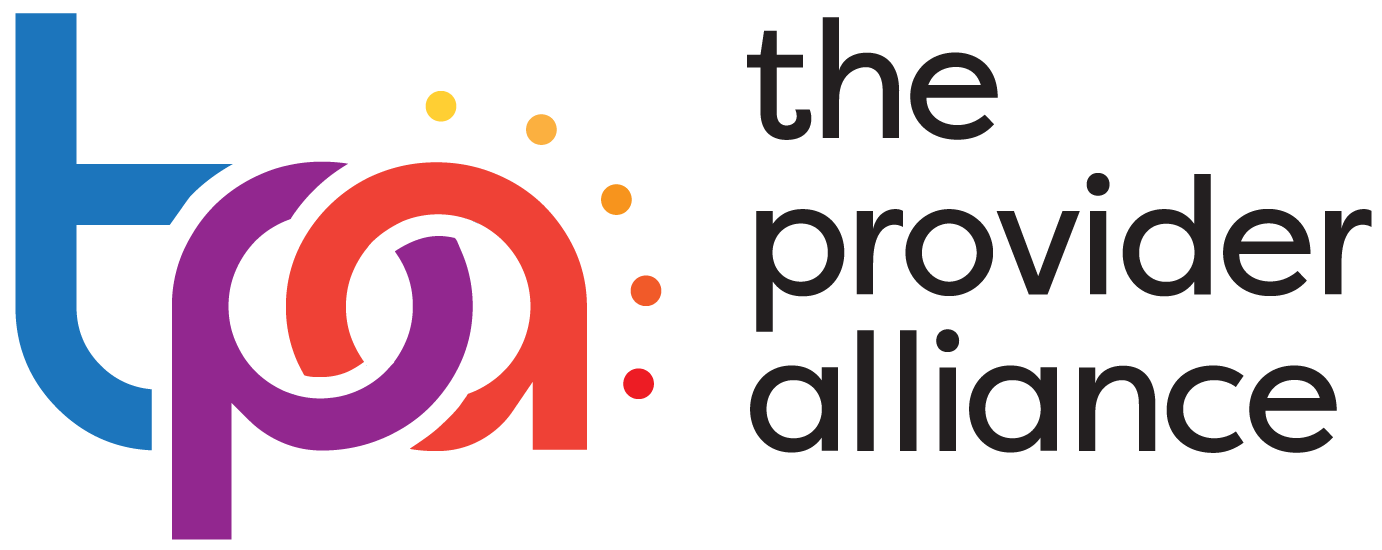
As the federal government’s fiscal year-end rapidly approaches, Congress finds itself facing a tight schedule for appropriations deliberations. With only a limited number of days remaining before the fiscal year ends on September 30, both the House of Representatives and the Senate have a challenging task ahead of them. The House has only 24 days scheduled to be in session, while the Senate has a slightly longer period with 32 days scheduled.
These looming time constraints have raised concerns among insiders on Capitol Hill, who fear a potential government shutdown if a resolution is not reached in time. Last week, we highlighted the conflict arising from the budget cap established during the debt ceiling negotiations between Speaker Kevin McCarthy (R-CA) and President Joe Biden. This disagreement has led to differing interpretations of the cap and subsequently sparked a clash between the House and the Senate.
Speaker McCarthy argues that the budget cap represents a maximum spending threshold, allowing the House Appropriations Committee to mark bills at FY2022 levels. In his view, the cap serves as a ceiling rather than a floor. Consequently, House Appropriations Chair Rep. Kay Granger (R-TX) has begun marking up bills to FY2022 levels, aligning with McCarthy’s interpretation. On the other hand, the White House contends that caps typically establish funding levels, indicating the amount of money that can be allocated to various programs or sectors.
This difference in interpretation sets the stage for a contentious battle with the Senate. There is minimal support in either chamber for FY2022-level spending, and if these bills were to be passed, it would result in a significant reduction of approximately $120 billion from the agreed-upon budget cap.
Adding to the urgency, starting from January 1, 2024, a 1% budget cut will automatically take effect unless Congress successfully passes all 12 appropriations bills. This impending deadline further emphasizes the need to reach a resolution before the end of the fiscal year. Failure to do so could create significant challenges in the fourth quarter of 2023 for government funding.
However, despite the challenges and differing perspectives, Senate Republicans and Democrats maintain their commitment to working together. In a joint statement, Appropriation Committee Chair Patty Murray (D-WA) and Appropriations Vice Chair Susan Collins (R-ME) emphasized the importance of bipartisan cooperation:
“We have an obligation as members of Congress to work together to write and pass funding bills in a timely way that address key challenges our nation faces, and we are determined to ensure the Senate’s voice is heard in this process.”
As the clock continues to tick, all eyes are on Congress to find common ground and navigate through these budgetary challenges before the fiscal year comes to a close.

